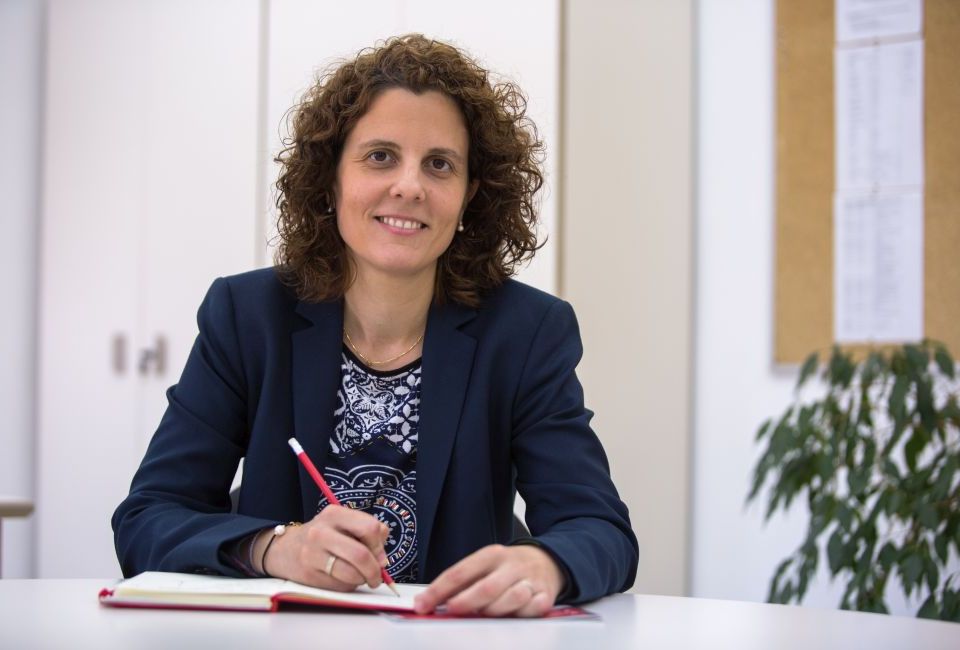
The challenges of inducing lactation in non-pregnant women
When we think of breastfeeding, we think about women who have experienced pregnancy and childbirth. Over the last fifteen years, the growth of new family models means that families now have children in various ways, including adoption (about 1,000 children are adopted Spain every year), surrogacy and in couples of two women. Despite being unusual, induced lactation and relactation by women who have not previously been pregnant or given birth is a procedure that is generally unknown to most health professionals, such as midwives and obstetricians.
The specialist publication Journal of Human Lactation has published a study carried out by researchers at the University of Barcelona and the University of Vic - Central University of Catalonia on the process of inducing lactation in women who have not given birth, and relactation among women who had breastfed in earlier pregnancies. This is the first qualitative study based on in-depth interviews of almost a dozen women in Spain who experienced induced lactation in maternity involving adoption, surrogacy and in couples with two mothers.
Lack of information for professionals
The main challenges that the study identifies are difficulties and stress arising from professionals' lack of information when resolving doubts and concerns during the process. There is also often a lack of support from friends and family, who often question their decision. The study identified a loss of shared responsibility in couples with two women and a loss of feelings of bonding with the baby at the end of breastfeeding.
It concludes that at a time when models for procreation are varied, healthcare professionals must know about induced relactation and lactation in order to provide appropriate guidance and assistance. "Although it is unusual, the results of the study enhance our knowledge about a process that is little known, but which is on the increase in our society due to the technological breakthroughs that make maternity possible without going through pregnancy and childbirth," says Gemma Cazorla-Ortiz, adjunct lecturer at the School of Nursing in the Faculty of Medicine and Health Sciences at the University of Barcelona (UB), and a trainee researcher on the doctoral programme in Nursing and Health at the UB. "This knowledge can be used to improve professional intervention strategies," concludes Cazorla, who says that "because of the physical difficulty involved in the process, external support is essential, and the participants hoped that the health professionals would provide them with the relevant information and support."
"There has been a lack of research about the experiences of women who have been involved in these processes," says Josefina Goberna, lecturer at the Department of Public Health nursing, Mental and Child and Maternal Health at the UB, and one of the directors of the thesis. "There is also no standardised guide on methods for inducing maternal lactation in these cases."
According to Paola Galbany-Estragués, Dean of the Faculty of Health Sciences and Welfare at the UVic-UCC and co-author of the study, "women decide to breastfeed by induction and relactation to establish a bond with their children, and this empowers them to overcome a whole range of difficult challenges."
Adoption, surrogacy and couples with two mothers
Nine women were identified through breastfeeding support groups and interviewed - three for each situation (adoption, surrogacy and couples with two mothers). Two breastfed twins. Their primary motivation was to improve their feeling of a close bond with their children. In the cases studied, the inducement process lasted between one and a half months and four years. The participants reported that the bond between mother and baby was enhanced while they were breastfeeding, and that feeling tended to decline after weaning. The mean age of the participants was 33 years, the mean age of the babies when the breastfeeding started was 17 days, and the average lactation period was 17 months.
The induction procedures included a pharmacological treatment (hormonal treatment simulating the conditions of pregnancy) and stimulation. There have been few cases involving induced lactation with only non-pharmacological methods being used, in which stimulation is complemented by galactagogues (which increase the secretion of milk) and dietary supplements.
Article reference:
G. Cazorla-Ortiz, P. Galbany-Estragués, N. Obregón-Gutiérrez, J. Goberna-Tricas. "Understanding the Challenges of Induction of Lactation and Relactation for Non-Gestating Spanish Mothers". Journal of Human Lactation. Doi: 10.1177/0890334419852939
https://journals.sagepub.com/doi/abs/10.1177/0890334419852939